When Disney’s “101 Dalmatians” hit theaters in 1961, it sparked a nationwide fascination with these distinctive spotted dogs. Their popularity soared again with the 1996 live-action remake, leading to countless families bringing Dalmatians home—often without understanding the breed’s unique needs and characteristics. This pattern has contributed to Dalmatians becoming one of America’s most misunderstood dog breeds, caught between their glamorous media portrayal and the reality of their spirited, complex nature. Behind those iconic spots lies a breed with a rich history, specific health considerations, and behavioral traits that many prospective owners fail to research before adoption. This disconnect has led to countless Dalmatians being surrendered to shelters when they don’t match expectations, perpetuating a cycle of misunderstanding that continues to affect the breed today.
The Firefighter’s Dog: Debunking the Myth
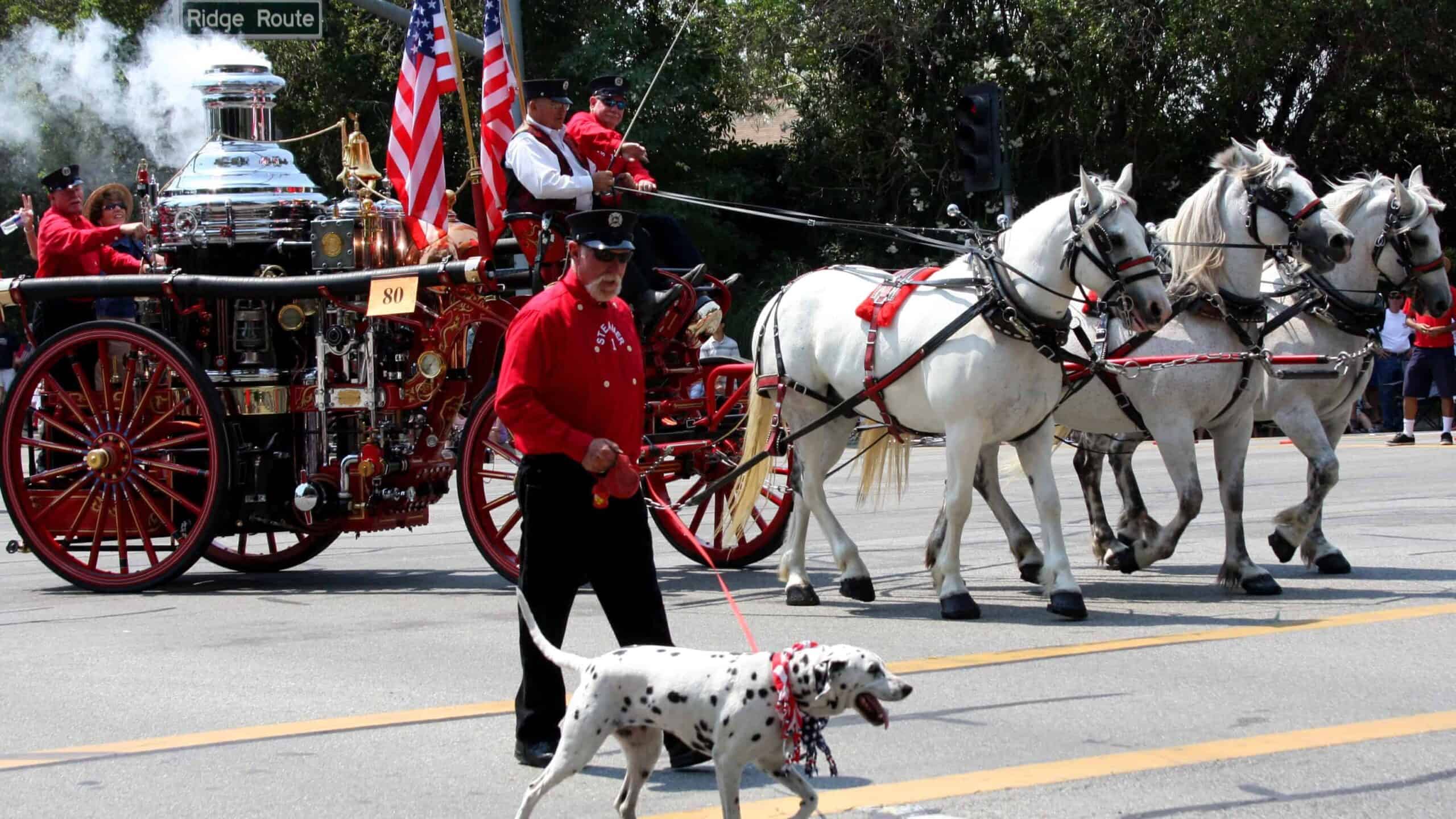
Many Americans associate Dalmatians exclusively with firehouses, but few understand the historical accuracy behind this connection. While Dalmatians did indeed serve alongside firefighters, their role was more nuanced than most realize. In the era of horse-drawn fire carriages, Dalmatians ran alongside the horses, helping clear the way and keeping other animals from spooking the team. Their natural affinity for horses made them ideal companions for fire brigades, as they would guard the horses and equipment while firefighters battled blazes.
However, this historical role has been somewhat romanticized in modern culture. When motorized vehicles replaced horse-drawn carriages, the practical need for Dalmatians diminished. Today’s firehouse Dalmatians are primarily mascots, maintained as a tradition rather than for functional purposes. This misunderstanding leads many people to believe Dalmatians are naturally calm, obedient station dogs, when in reality, their historical role demanded high energy, independence, and alertness—traits that persist in today’s breed but are often misinterpreted in home settings.
A Working Dog, Not Just a Spotted Accessory

Perhaps the biggest misconception about Dalmatians stems from their distinctive appearance. Those iconic spots have made them fashion statements and living accessories rather than the working dogs they truly are. Historically, Dalmatians served multiple purposes beyond firehouses—they were carriage dogs, war sentinels, circus performers, and hunting companions. This diverse working heritage produced a dog with high intelligence, remarkable stamina, and a strong desire for purpose and activity. When treated as mere decorative pets, Dalmatians often become frustrated and develop problematic behaviors.
According to the American Kennel Club, Dalmatians require at least an hour of vigorous exercise daily—significantly more than many families provide. Without proper physical and mental stimulation, these dogs may become destructive, anxious, or aggressive. The disconnect between their Instagram-worthy appearance and their substantial exercise needs represents one of the most problematic misunderstandings of the breed. Potential owners drawn to their unique coat pattern often find themselves unprepared for the athletic, energetic dog beneath those spots.
The Deafness Dilemma

One of the most significant and least understood aspects of Dalmatians is their predisposition to congenital deafness. According to research from the Dalmatian Club of America, approximately 30% of all Dalmatians are affected by some degree of hearing loss—about 8% are completely deaf, while 22% are deaf in one ear. This high incidence of deafness is linked to the same genes responsible for their distinctive white coat and spotting pattern, presenting a genetic challenge that has affected the breed for generations.
This hearing impairment often leads to misunderstandings about Dalmatian behavior. Dogs with partial or complete deafness may seem stubborn or untrainable when they’re actually unable to hear commands. They might startle easily when approached from behind, leading to fear-based reactions that get mislabeled as aggression. Owners unaware of this potential health issue may not test puppies for hearing ability or learn appropriate training techniques for deaf dogs, creating a frustrating situation for both dog and human. The misunderstanding of this genetic predisposition contributes significantly to the negative reputation Dalmatians sometimes receive.
The Disney Effect: Media Portrayals vs. Reality
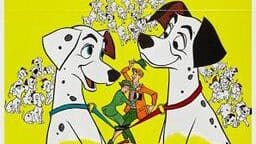
Disney’s “101 Dalmatians” created an enduring cultural phenomenon that significantly shaped America’s perception of the breed. The animated classic and subsequent live-action films portrayed Dalmatians as gentle family dogs with minimal exercise needs and inherently good behavior. This romanticized depiction stands in stark contrast to the high-energy, training-intensive reality of the breed. Following both major film releases, animal shelters across the country reported alarming spikes in Dalmatian surrenders as families discovered the gap between fantasy and reality.
The American Veterinary Medical Association and several rescue organizations have documented this “101 Dalmatians Effect,” noting that Dalmatian adoptions increased by as much as 300% following the films’ releases, with corresponding surrender increases occurring 6-12 months later. This pattern demonstrates how media portrayals can create dangerous misconceptions about dog breeds. The movies rarely showed Pongo and Perdita requiring extensive exercise, consistent training, or having health issues—yet these are everyday realities for Dalmatian owners. This cinematic misrepresentation has perhaps done more damage to public understanding of Dalmatians than any other single factor.
Temperament Truths: The Assertive Dalmatian Personality
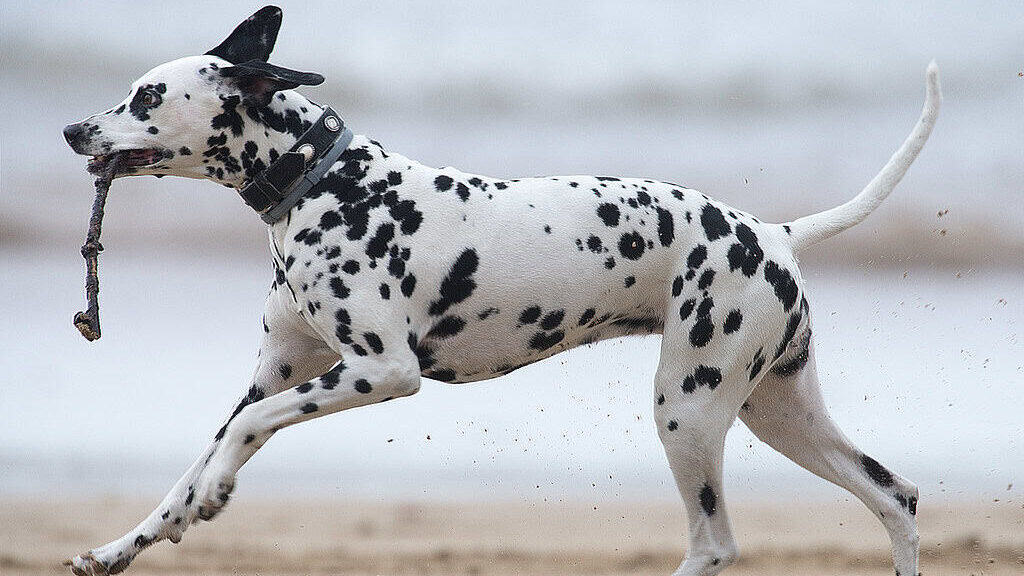
Dalmatians possess a distinctive temperament that’s frequently misunderstood. Often described as “sensitive,” “independent,” and “alert,” these dogs typically exhibit a confidence that can be misinterpreted as stubbornness or aggression. Breed experts at the Dalmatian Club of America characterize these dogs as naturally reserved with strangers while being deeply loyal to their families. This natural watchdog tendency means they’re quick to alert to potential dangers—a trait that served them well historically but can translate to excessive barking in suburban settings.
Their strong-willed nature requires consistent, positive training methods beginning in puppyhood. Harsh corrections or inconsistent handling often backfire with this sensitive breed, creating anxiety or aggression where none existed naturally. Their intelligence means they become bored with repetitive training, requiring varied, engaging activities to maintain interest. Without understanding these temperament traits, owners often mistakenly label these dogs as stubborn or untrainable when they’re simply responding according to their breed characteristics. The reality is that a well-trained, properly socialized Dalmatian typically exhibits excellent manners, reasonable watchdog behaviors, and strong bonds with family members.
The Urinary Stone Connection
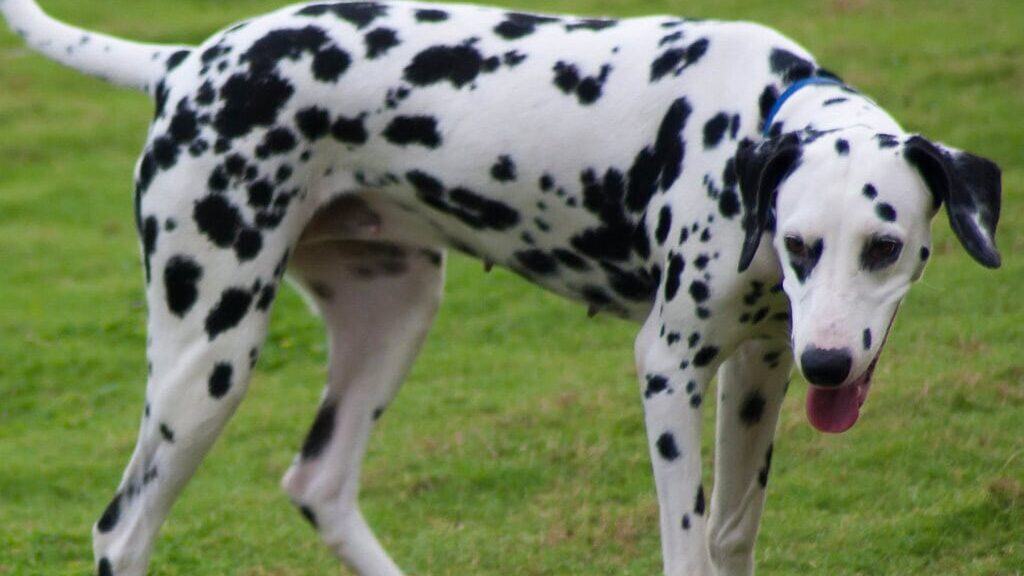
One of the most unique and frequently overlooked aspects of Dalmatian health is their distinctive uric acid metabolism. Unlike most dog breeds, Dalmatians have a genetic mutation affecting how their bodies process purines, leading to elevated uric acid levels in their urine. This metabolic difference makes them significantly more prone to urinary stones (urolithiasis) than other breeds. According to veterinary research, approximately 10-15% of Dalmatians will develop symptomatic urinary stones during their lifetime if not managed properly through diet and hydration.
This health predisposition is rarely discussed in popular media or understood by casual admirers of the breed. Proper management requires specific low-purine diets, constant access to fresh water, and regular opportunities to urinate. Without these accommodations, Dalmatians may experience painful urinary blockages requiring emergency veterinary intervention. The misunderstanding of this critical health issue has led many owners to feed inappropriate diets, resulting in preventable suffering. Some breeders have begun working with a line of “low uric acid” Dalmatians, but this effort remains controversial within purist breeding circles despite its potential health benefits.
Excessive Shedding: The Spotted Surprise

The Dalmatian’s sleek, short coat creates an illusion of low-maintenance grooming that misleads many potential owners. In reality, Dalmatians are among the heaviest shedding dog breeds, with their stiff white hairs capable of penetrating fabrics and embedding in carpets. Unlike some double-coated breeds that shed seasonally, Dalmatians shed consistently year-round, requiring daily brushing to manage the constant flow of hair. Their white hairs are particularly visible on dark clothing and furniture, making their shedding even more noticeable in home environments.
This grooming reality stands in stark contrast to the pristine, clean-looking dogs portrayed in media. First-time Dalmatian owners frequently express shock at the level of shedding, having assumed that short-haired dogs shed less than their fluffier counterparts. Rescue organizations report that “excessive shedding” ranks among the top five reasons cited when Dalmatians are surrendered. This fundamental misunderstanding about the breed’s grooming needs represents yet another way in which public perception fails to align with Dalmatian reality, contributing to the cycle of adoption and abandonment that has plagued the breed for decades.
Energy Levels: Athletic Demands Beyond the Average Dog

Dalmatians were bred to run alongside carriages for miles, developing exceptional endurance that persists in today’s breed. This athletic heritage translates to energy levels far exceeding what most families expect or can accommodate. According to canine sports experts, adult Dalmatians typically require 1-2 hours of vigorous exercise daily—not just leashed walks, but running, swimming, or active play. Without this level of activity, these dogs often develop destructive behaviors stemming from pent-up energy and frustration.
This exercise requirement represents one of the most significant misalignments between expectation and reality for Dalmatian owners. Studies of shelter surrender reasons consistently show that “too much energy” and “destructive behavior” rank among the top explanations when Dalmatians are relinquished—both issues directly tied to insufficient exercise. The breed’s natural athleticism makes them excellent partners for active individuals who enjoy running, hiking, or canine sports, but challenging companions for more sedentary households. This fundamental mismatch between the breed’s needs and the typical American lifestyle contributes heavily to their status as a misunderstood breed.
Socialization Necessities: Early Experiences Shape Adult Behavior

Dalmatians require exceptionally thorough socialization during puppyhood—more so than many other breeds. Their naturally alert, somewhat reserved temperament can develop into fearfulness or aggression without proper early exposure to diverse people, animals, and environments. The American Dalmatian Club emphasizes that proper socialization should begin before 16 weeks of age and include positive exposure to various surfaces, sounds, strangers, and other animals. This critical developmental window shapes the adult dog’s confidence and reactivity levels for life.
Unfortunately, many Dalmatian puppies miss this crucial socialization period, particularly those born in high-volume breeding operations catering to trend-driven demand. Puppies kept isolated during these formative weeks often develop lasting behavioral issues that get misattributed to the breed rather than to insufficient early socialization. The combination of their distinctive appearance (making them popular impulse purchases) and their strong need for socialization creates a perfect storm of misunderstanding. Well-socialized Dalmatians typically display confident, friendly behavior, while those with inadequate early experiences may exhibit the fearfulness or aggression that has unfairly characterized the breed in some circles.
Training Challenges: Intelligence Requires Engagement

Dalmatians possess an intelligence that’s frequently misinterpreted. While highly capable of learning, they’re not typically eager to please in the same way as retrievers or shepherd breeds. Their independent thinking—a trait that served them well when working alongside carriages without constant handler direction—means they often question commands rather than obeying automatically. This independent streak can be misinterpreted as stubbornness or lack of intelligence when it actually reflects their history as problem-solving working dogs.
Successful Dalmatian training requires creativity, consistency, and positive reinforcement methods. Harsh corrections typically backfire with this sensitive breed, creating anxiety or shutdown behaviors. Their intelligence means they become bored with repetitive drills, necessitating varied, engaging training sessions. Many Dalmatians excel in agility, rally, and other canine sports that challenge both their minds and bodies. When owners understand and work with their independent thinking rather than fighting against it, Dalmatians prove highly trainable. This training approach differs significantly from methods effective for more handler-focused breeds, creating confusion for owners expecting a more compliant companion.
The Rehabilitation Revolution: Changing Perceptions
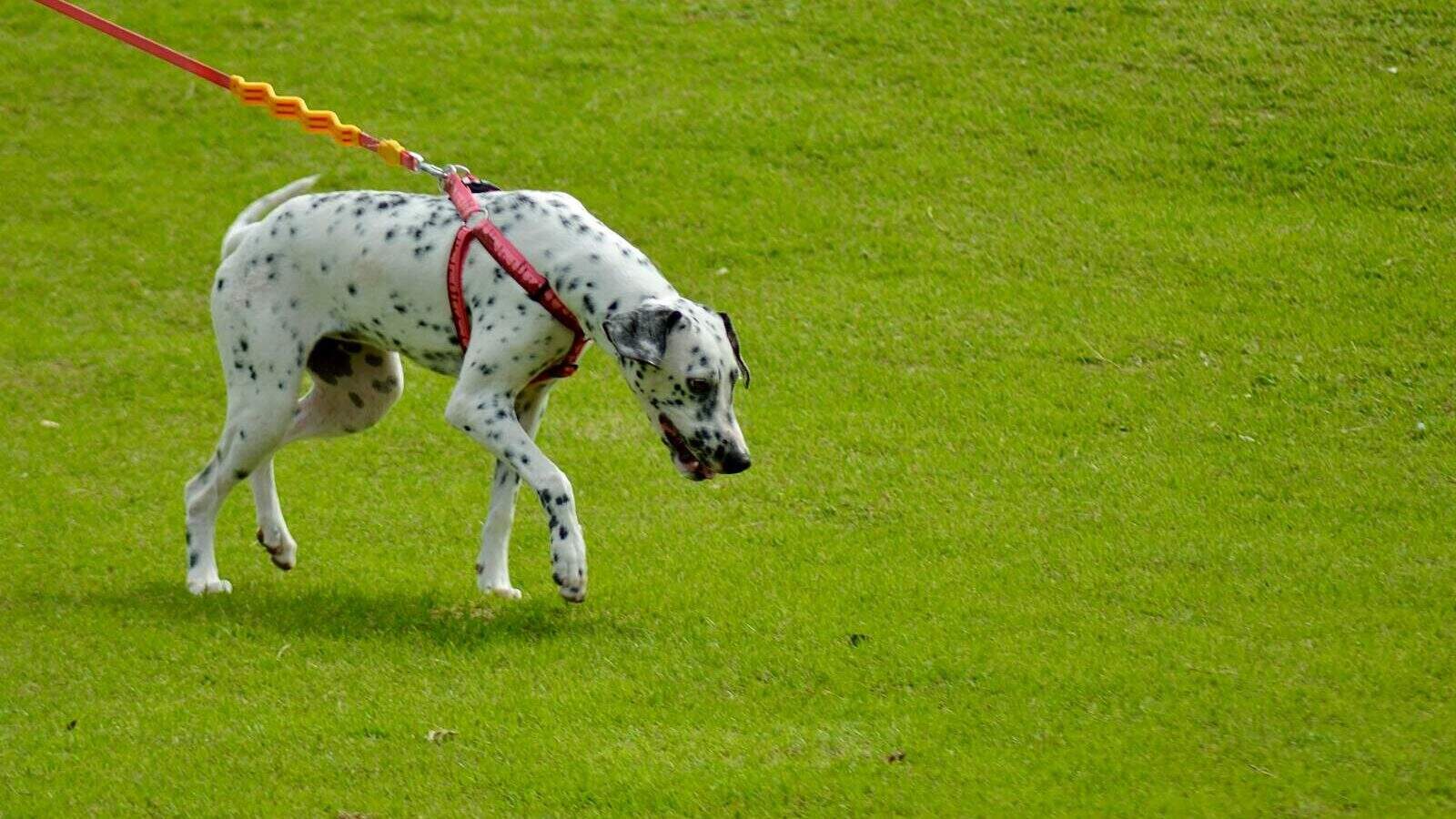
Despite the challenges and misunderstandings surrounding Dalmatians, a growing movement of dedicated breed enthusiasts, responsible breeders, and rescue organizations is working to rehabilitate their reputation. Dalmatian-specific rescue groups across America have implemented comprehensive education programs for potential adopters, ensuring families understand the breed’s needs before bringing one home. These organizations typically require extensive screening, including home visits and lifestyle assessments, to match Dalmatians with truly appropriate homes.
Responsible breeders are increasingly prioritizing health testing, including BAER (Brainstem Auditory Evoked Response) testing for deafness and urinary stone prevention programs. Some progressive breeding programs are working with veterinary geneticists to reduce the incidence of both deafness and uric acid issues while maintaining the breed’s distinctive appearance and positive temperament traits. Dalmatian sports enthusiasts showcase the breed’s abilities in agility, dock diving, and other competitive venues, highlighting their intelligence and trainability when properly challenged. Through these combined efforts, the breed’s public image is slowly shifting from “difficult problem dog” to “athletic, intelligent companion for active families”—a more accurate representation of what Dalmatians truly are.
Dalmatians represent a classic case of a breed misunderstood largely due to their distinctive appearance overshadowing their behavioral and health realities. Their iconic spots have made them cultural symbols, fashion accessories, and impulse purchases—roles that rarely serve the dogs’ best interests. Moving forward requires a fundamental shift in how we view and portray these distinctive dogs, emphasizing education over aesthetics and realistic expectations over romanticized media depictions.
For families considering a Dalmatian, extensive research, conversations with breed-specific rescue organizations, and interactions with adult Dalmatians are essential steps before commitment. These spotted athletes can make wonderful companions for active, consistent owners who appreciate their intelligence, energy, and unique personality traits. The key to reducing misunderstanding lies in aligning expectations with reality—seeing beyond the spots to recognize the working dog heritage that defines who Dalmatians truly are. With proper understanding, training, and care, Dalmatians can thrive in appropriate homes, overcoming the misperceptions that have challenged the breed for generations. America’s relationship with this distinctive breed continues to evolve, hopefully toward a future where Dalmatians are valued for their true nature rather than just their spots.
- Why Dalmatians Might Be America’s Most Misunderstood Dog - August 10, 2025
- Why Texas Is Home to Some of the World’s Biggest Rattlesnakes - August 10, 2025
- How Realistic Are Talking Animal Tropes in TV and Movies? - August 10, 2025

